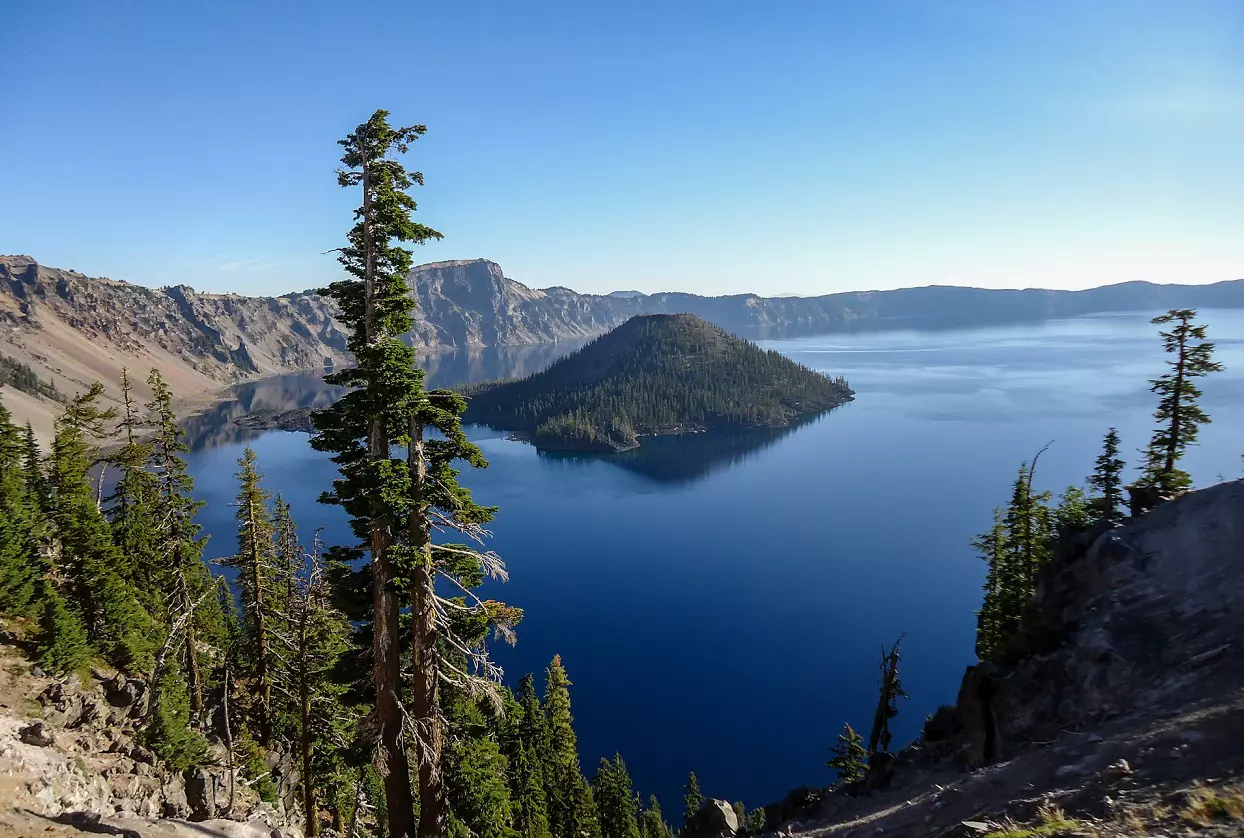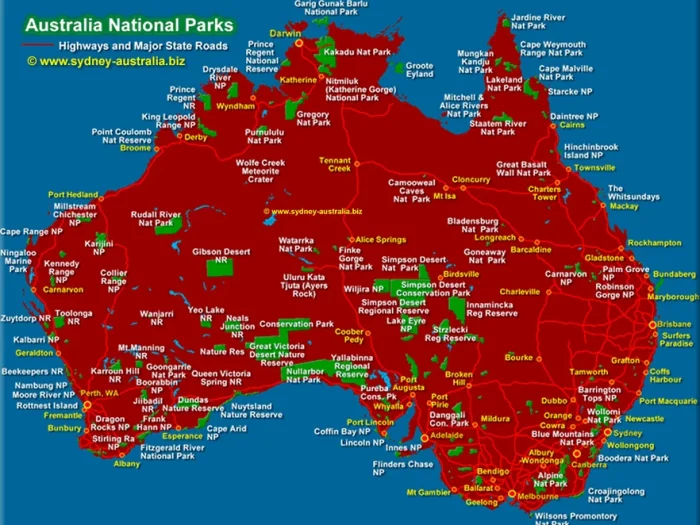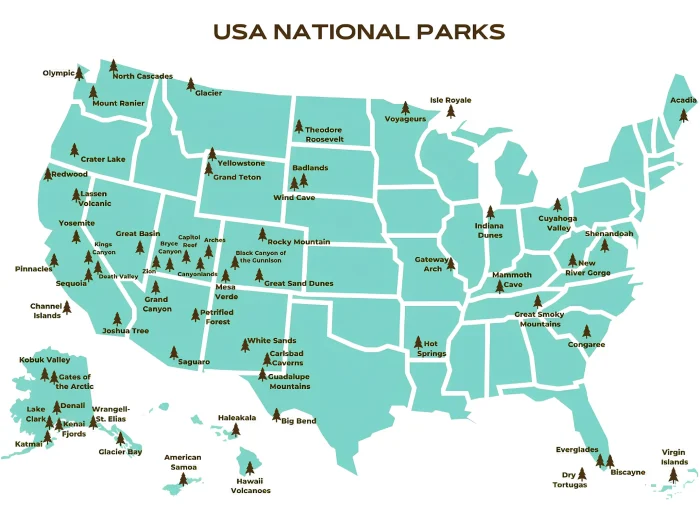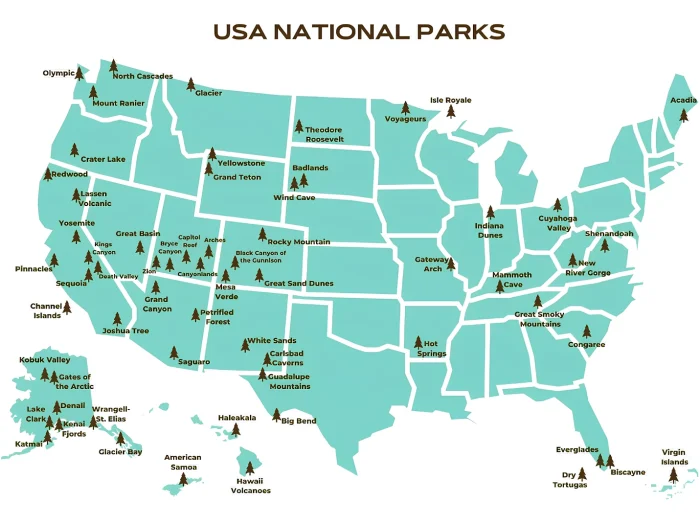When Was Crater Lake National Park Established?
Crater Lake National Park, located in southern Oregon, was officially established on May 22, 1902, making it the fifth national park in the United States. This park was created to preserve the stunning natural beauty of Crater Lake, the deepest lake in the U.S., known for its vivid blue color and remarkable clarity.
The Road to National Park Status

The formation of Crater Lake began about 7,700 years ago when a violent eruption of Mount Mazama led to the collapse of the volcano, forming a caldera that eventually filled with rain and snowmelt. Indigenous peoples of the Klamath Tribes witnessed and passed down stories of this eruption, long before scientists understood what had occurred.
Efforts to protect the area began in the late 1800s. A key figure in the park’s creation was William Gladstone Steel, an Oregonian journalist and explorer who was captivated by the lake’s beauty. After visiting the site in 1885, Steel spent 17 years lobbying Congress to designate Crater Lake as a national park.
His persistent campaigning paid off when President Theodore Roosevelt signed the bill establishing Crater Lake National Park in 1902. The creation of the park marked a significant victory for conservation efforts in the American West, ensuring that the unique volcanic landscape and pristine waters of Crater Lake would be protected for future generations.
Here’s a timeline table showing the key historical milestones related to Crater Lake National Park:
| Year | Event |
| ~7,700 years ago | Mount Mazama erupts and collapses, forming the caldera that becomes Crater Lake |
| Pre-1800s | Indigenous Klamath people witness and tell stories of the eruption |
| 1853 | First recorded visit by European Americans (John Wesley Hillman) |
| 1885 | William Gladstone Steel visits Crater Lake and begins campaign for its protection |
| 1886 | U.S. Geological Survey conducts first scientific exploration of the lake |
| 1902 | Crater Lake National Park established on May 22, 1902 |
| 1915 | Crater Lake Lodge opens, providing accommodations for park visitors. |
| 1918 | Completion of Rim Drive, encircling the lake and enhancing accessibility. |
| 1932 | Construction of Rim Village and park infrastructure expands |
| 1967 | Discovery of the “Old Man of the Lake” (a 30-foot floating log that has been drifting vertically for over a century) is documented |
| 2009 | Crater Lake’s waters confirmed as among the clearest and purest large bodies of water in the world |
Why Crater Lake Is Special
Crater Lake is famous not only for its depth—reaching 1,943 feet (592 meters)—but also for its almost otherworldly appearance. Because it has no inlets or outlets, the lake remains exceptionally clear and clean. It’s also home to Wizard Island, a cinder cone that rises above the lake’s surface, formed by subsequent volcanic activity after the original eruption.
Today, Crater Lake National Park attracts hundreds of thousands of visitors each year, offering opportunities for hiking, photography, boat tours, snowshoeing, and more. It stands as a testament to nature’s power and beauty, and to the enduring importance of environmental stewardship.
Conclusion
Crater Lake National Park was established on May 22, 1902, thanks to the tireless efforts of conservation advocates and the awe-inspiring beauty of the lake itself. As one of America’s oldest national parks, it continues to inspire wonder and appreciation over a century later.




